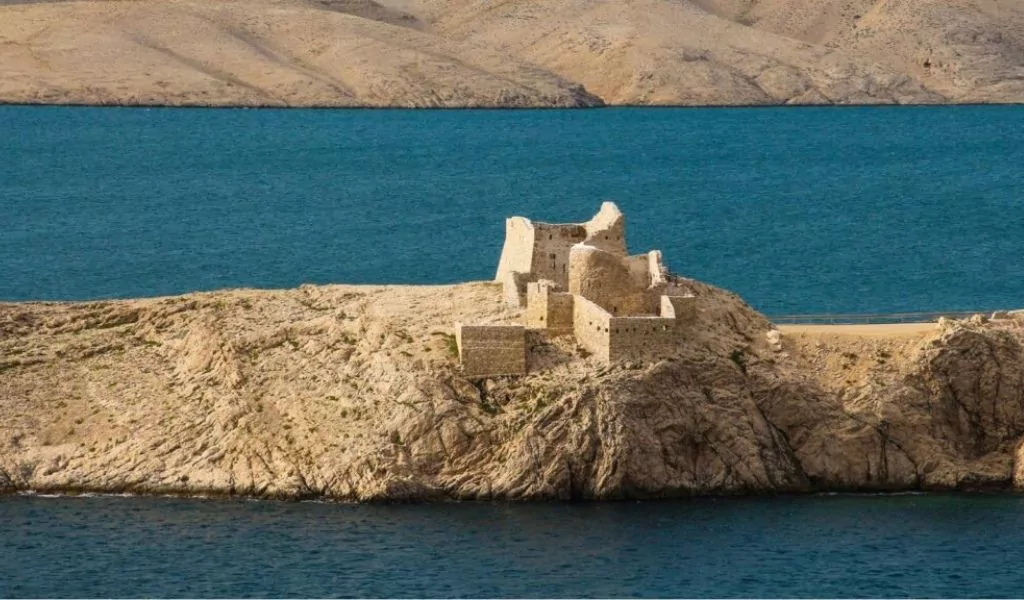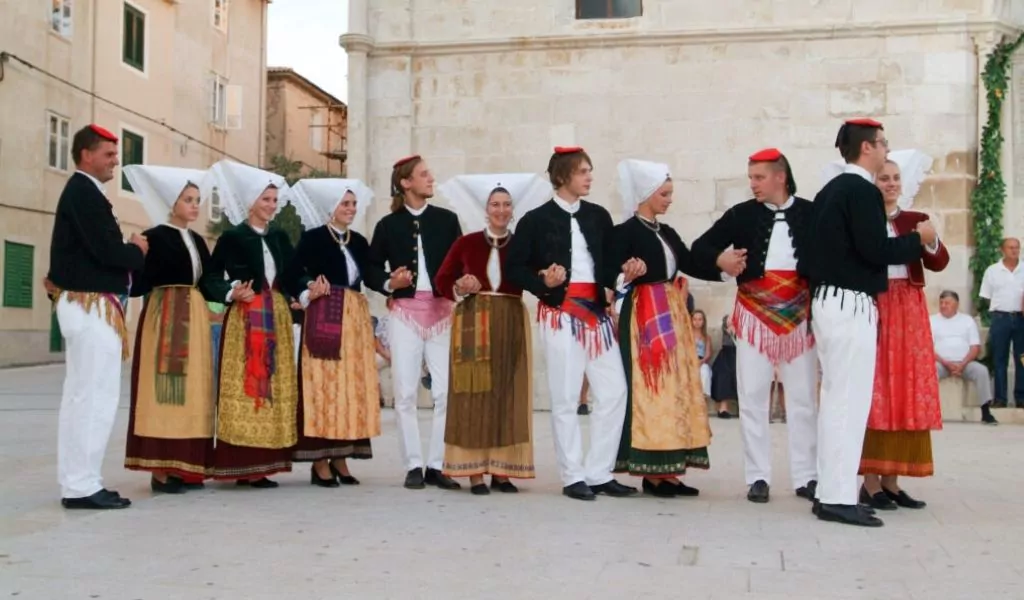According to archeological findings, the island of Pag has been inhabited since the Neolithic. Wall paintings of unknown age depict human figures. Although their exact age is unknown, these paintings in the hamlet of Metajna are a classic indicator of population in the pre-Illyrian period. At that time, the island was called Kissa , which is today the old name for Košljun.
In ancient times the island was called Cissa Portunata , and until 10. century this name is abbreviated to Cissa , as Constantine Porfinogenet calls it. Today, the archeological finds of the settlement of the same name are located near the town of Novalja – a place that also bears the Latin name (navalia – port). Since the island of Pag did not have the status of a municipality, the owners of the land on the island were probably the rich inhabitants of Rab, Nin and Zadar. Remains of late basilicas have also been found in the area around Novalja 4. and the 5th century, indicating an early Christian population of the time.
Croats inhabited the island of Pag quite early. Remains of a necropolis specific to the early Croatian Middle Ages were found near Povljana. One of the reasons why the island of Pag is so subtly divided into north and south (why even today the north of the island belongs to another, Lika-Senj County), is as usual in Dalmatia, because of the Venetians. As a thank you for ending the Zadar revolt, the Venetians north of the island donated to Dominic Maurocen’s son, Rogeri, while the southern part of the island remained under the rule of Zadar.

After Zadar recognized the rule of the Hungarian king Bela III at the end of the 12th century, the Venetians returned Pag to their rule and attacked Zadar together with the Crusaders. In retaliation, the people of Zadar attacked the island of Pag and destroyed Cissa . During the signing of the peace, it was agreed that the southern part of the island would be returned to Zadar, while the northern part of the island belonged to Rab. Throughout the Middle Ages, battles were fought for the island between Zadar and Rab, until finally in 1443. The new town of Pag, whose Old Town is still a well-known tourist destination, was not built in
During the Ottoman attacks, people fled from the mainland to the island of Pag seeking refuge from the Turks. That is why today there are several different dialects on the island of Pag, from Štokavian-Ikavian, Chakavian and Cakavian. In the recent Middle Ages, the island of Pag became an economic center due to its famous saltworks, from which Venice benefited the most.

Significant progress was felt by Pag only during Napoleon’s France, when an elementary school was established on the island, roads were repaired and a court was established.
Today, the island of Pag is a famous tourist center, which exudes history, culture and diversity. Solana on Pag still has important economic significance for the island, even with tens of thousands of tourists flocking to the island each year in search of archeology, entertainment and a peaceful holiday.
